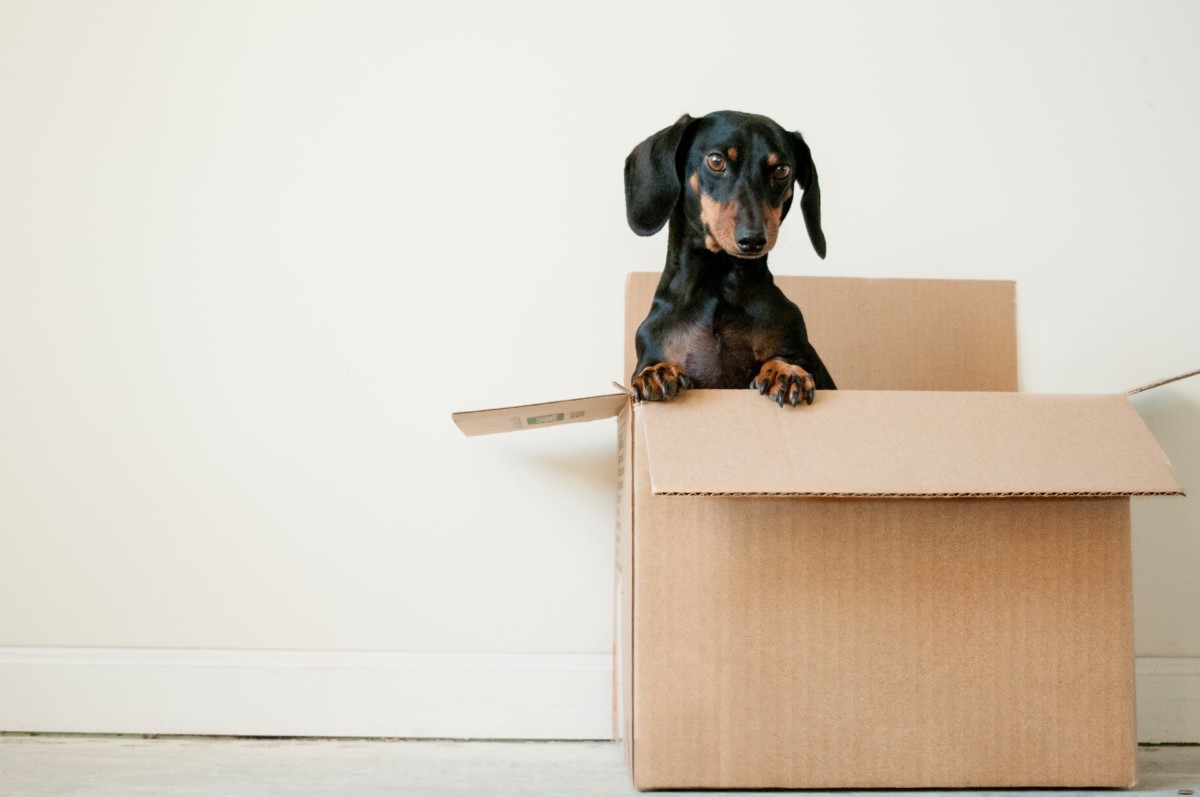New House Checklist: What to Do Before Moving In
After all the paperwork, long nights, and the back and forth with your real estate agent – you did it, you have the keys to your new home. So what’s next? You may have the urge to start making your house a home, but before you jump into it, there are a few important things to consider on your new house checklist. From scheduling cleaners and coordinating movers to researching home improvement projects, there are many things to do before moving into your new house.
This is where a new house checklist comes in. We created a checklist that outlines what tasks to complete, when you should complete them, and what essentials you need. So whether you are moving into a new house in Phoenix, AZ, or need a new house checklist in Portland, OR, read on to see what to consider.

New house checklist
Preparation is key when it comes to moving. Make sure you give yourself ample time to accomplish these tasks before getting settled in your new place. Some of these items can actually be completed or scheduled before your move. Time to get started checking off tasks!
✓ |
Transfer utilities before closing |
✓ |
Schedule movers |
✓ |
Update your mailing address |
✓ |
Set up internet, cable, and appliances |
✓ |
Consider the layout of your new home |
✓ |
Locate the circuit breaker and water valve |
✓ |
Change locks and home security |
✓ |
Deep clean each room |
✓ |
Assess home improvements to tackle |
✓ |
Stock each room with essentials |
✓ |
Create an organization system |
1) Transfer utilities before closing
The first priority for your new house is to change the utilities to your name. Doing this will guarantee that electricity, garbage, water, and gas are up and running by the time you open the door. When exactly should you cross this item off your to-do list? You should contact your utility companies at least two weeks before your move-in date. It takes a few weeks for accounts to switch over depending on the city so it is good to get this handled before you move. Once the account is in your name, you will have one less thing to worry about during your move.
2) Schedule movers
Having an extra hand when it comes to moving will take the weight off your shoulders and allow you to relax. Scheduling movers from a reputable company will guarantee your furnishings are handled with care and will also help with loading items into your home.
3) Update your mailing address
Having an up-to-date mailing address is very important. You’ll want to notify the right people and places about your move and it’s better to do this earlier rather than later. You don’t want to miss a bill payment because the notice was sent to your old address. Here’s a list of the top people you’ll want to give a heads up about your move:
- the post office
- tax agencies
- utility companies
- insurance providers
- your employer
- your bank
- credit card companies
- loan providers
- online shopping sites
Also, don’t forget to give your new address to friends and family so they can help you unpack and congratulate you on your new home.
4) Set up internet, cable, and appliances
Setting up internet and cable may be one of the first things you’ll want to do in your new home, especially if you’re working from home. Research different companies and consider plans that work with your lifestyle and have a strong connection in your area. Since creating a new account can take some time, try to schedule an installation a few weeks in advance of when you need it. It is also a good idea to confirm all your appliances are up and running in your new home. Including refrigerators, dishwashers, ovens, washers, and dryers. You’ll likely start using your fridge and microwave on the first night.
5) Consider the layout of your new home and research new furniture you may need
Before the furnishings are brought to your new home, it is important to go room by room and visualize how your existing furniture will work with the layout. Maybe your new home includes a bonus room, a garage, or even a larger outdoor space. Knowing how the different layouts your new home provides will help you get a feel of what you may need. If you are moving with children, establish necessary precautions for their safety. This includes locating outlets, sharp edges, and anything around that could cause them harm. If you are moving with pets, make sure to get right back to their routines as this will help your pet adapt to their new surroundings.
6) Locate the circuit breaker and water valve
In case of an emergency, you’ll want to know where the circuit breaker and water valve are located. Knowing where these two things are in your home will help in any situations where an emergency shut off or a reset is needed. You can typically find the water valve in the basement or crawl space, the garage, or on an exterior wall. As for the circuit breaker, it is generally in an area of your home that is tucked away such as a closet, basement, or garage. Also, take note of all the smoke detectors and carbon monoxide detectors so you can keep up with the required maintenance.
7) Change locks and invest in home security
When you move into a new home, it’s important to change the locks to the doors, garage, and invest in home security. There is no telling how many copies of the keys are out there, so it’s always better to get new ones. Changing the locks doesn’t have to be difficult. Reinstall the locks on your own or seek professional guidance from a locksmith to ensure you are kept safe. Protect your home even more by investing in home security. Whether that’s with a professional company or a smart doorbell, there are many options to help you stay safe.
8) Deep clean each room
One thing to consider is deep cleaning each room of your new home. To ensure that no parts of the home are overlooked, scheduling professional cleaning companies can relieve the stress. And if that’s not in your budget, a little elbow grease can go a long way. Deep cleaning will ensure a clean slate for your new home.

9) Assess home improvements to tackle
Of course not every home is perfect, and when you were touring, you may have considered a number of potential home improvement projects. From replacing your floors to new cabinetry, the possibilities are endless when designing your dream home. Depending on the size of the project, it is essential that you take time to budget before any surprises arise, and set time aside for the completion of any remodels.
10) Stock each room with essentials
You likely won’t unpack every box by the first night of move-in, so you’ll want to pack a box of essentials for each room while you are making the transition. Go room by room and see what you may need within the first week of moving into a new house. To get you thinking, consider:
For the bathroom: Towels, toilet paper, toiletries, shower curtain, toilet cleaner, plunger
For the kitchen: Easy meals, trash bags, dish soap, dishcloths, glassware, cookware, utensils, coffee maker
For the laundry room: Detergent, hamper, ironing board, iron
For the bedroom: Bedding, hangers, pillows, blankets, a week’s worth of clothes
Other essentials: Light bulbs, batteries, tape, nails, trash cans, cleaning supplies, lighters, flashlights, and phone chargers
11) Create an organization system
With all of your belongings packed away in various boxes and locations, there is no denying that your new home is about to get messy. Creating an organization system will help you unpack each room one by one. You probably – and hopefully – have already labeled your boxes and placed them in corresponding rooms, but consider having a notepad of what boxes and items belong in each room to keep inventory. Having a new house checklist will help the unpacking process flow more smoothly.
Preparing yourself for a new home can go a long way, and with this new house checklist, you’ll be one step closer to making your new house a home.
The post New House Checklist: What to Do Before Moving In appeared first on Redfin | Real Estate Tips for Home Buying, Selling & More.
